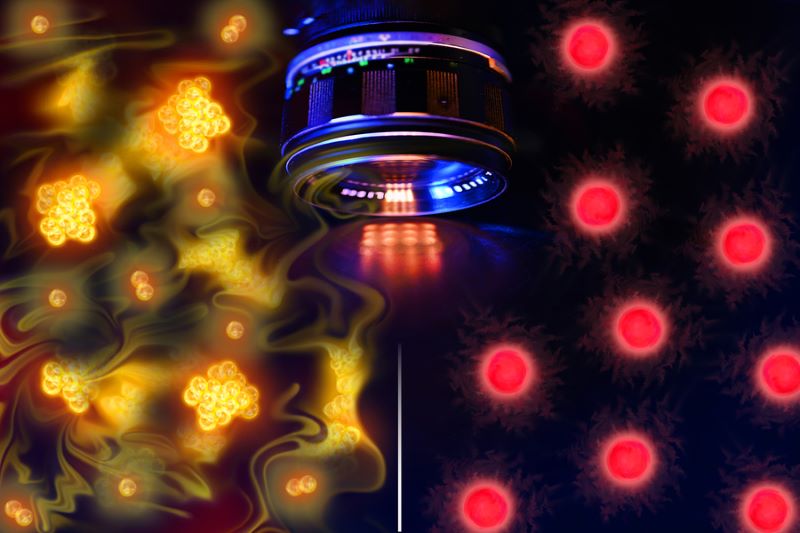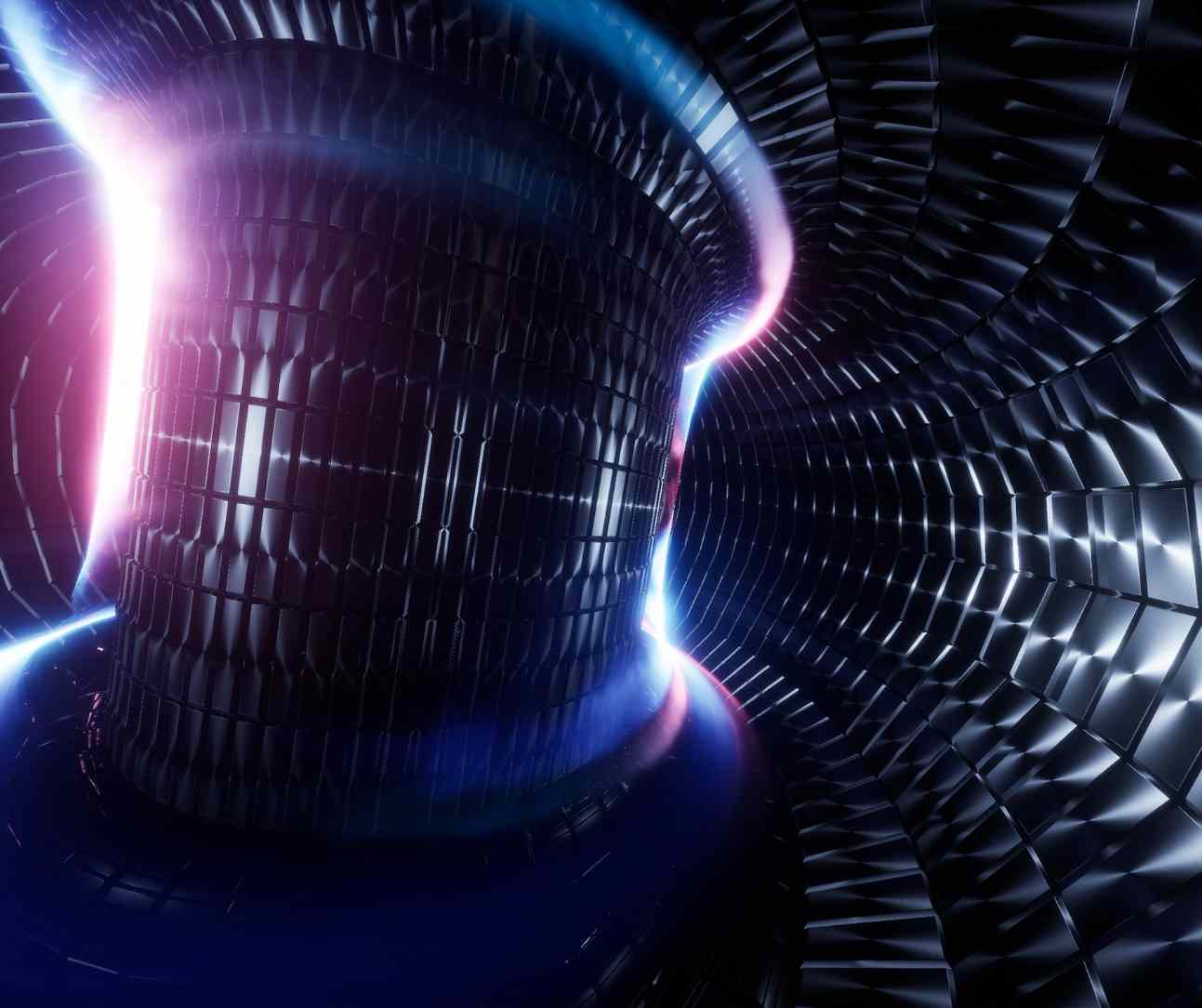A Swiss startup, FinalSpark, has made headlines by announcing the world’s first bioprocessor. This revolutionary technology utilizes 16 human brain organoids to create a platform that consumes significantly less power than traditional digital processors. FinalSpark’s Neuroplatform offers remote access to these biological neurons, marking a significant milestone in biocomputing.
Innovation Behind the First Bioprocessor
FinalSpark’s Neuroplatform operates using an architecture known as “wetware,” a blend of hardware, software, and biological components. The core of this system comprises four Multi-Electrode Arrays (MEAs), each housing four organoids. These organoids are 3D cell masses of brain tissue, connected by electrodes that facilitate stimulation and recording.
Data transfer within the Neuroplatform is managed by digital analog converters with a 30kHz sampling frequency and a 16-bit resolution. Additionally, a microfluidic life support system and monitoring cameras ensure the organoids’ functionality and longevity. This advanced setup allows researchers to input data variables and interpret processor output effectively.
FinalSpark claims its bioprocessor consumes a million times less power than conventional digital chips. This low power consumption could drastically reduce the environmental impact of computing, offering a sustainable alternative for data processing and machine learning tasks.
Applications and Future Prospects

The potential applications of FinalSpark’s Neuroplatform are vast. The platform is already accessible to nine institutions, aiming to spur further research and development in bioprocessing. FinalSpark envisions a future where bioprocessors can handle complex tasks with minimal energy usage, revolutionizing fields like artificial intelligence and computational biology.
Bioprocessors like the one developed by FinalSpark could significantly reduce the energy required for training large language models (LLMs). For instance, training a model like GPT-3 currently consumes around 10GWh of power. The Neuroplatform’s efficiency could cut this energy expenditure by a massive margin, making AI development more sustainable.
Despite its groundbreaking capabilities, the scalability of the Neuroplatform remains a topic of interest. FinalSpark’s current setup supports 16 organoids, but it is unclear how this bioprocessing power can be distributed across multiple operations. Nevertheless, the platform’s cloud-like experience allows institutions to subscribe for access, promoting collaborative research in this emerging field.
Learn more about biotech on TechanDevices.









